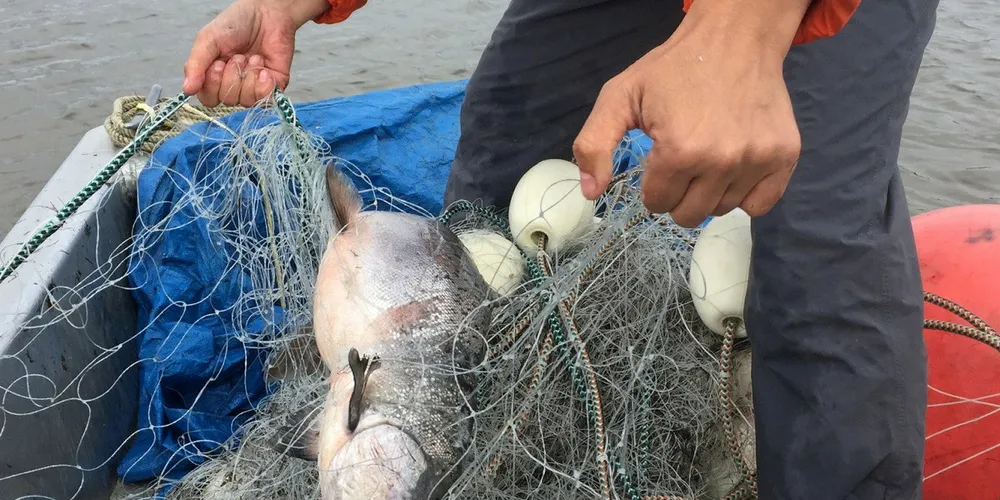Alaska pollock trawlers are once again looking at a hard cap on chum salmon bycatch
NGOs, Alaska Native leaders, residents and local government officials are urging the Alaska pollock industry to take immediate, meaningful action on the issue.

NGOs, Alaska Native leaders, residents and local government officials are urging the Alaska pollock industry to take immediate, meaningful action on the issue.
